



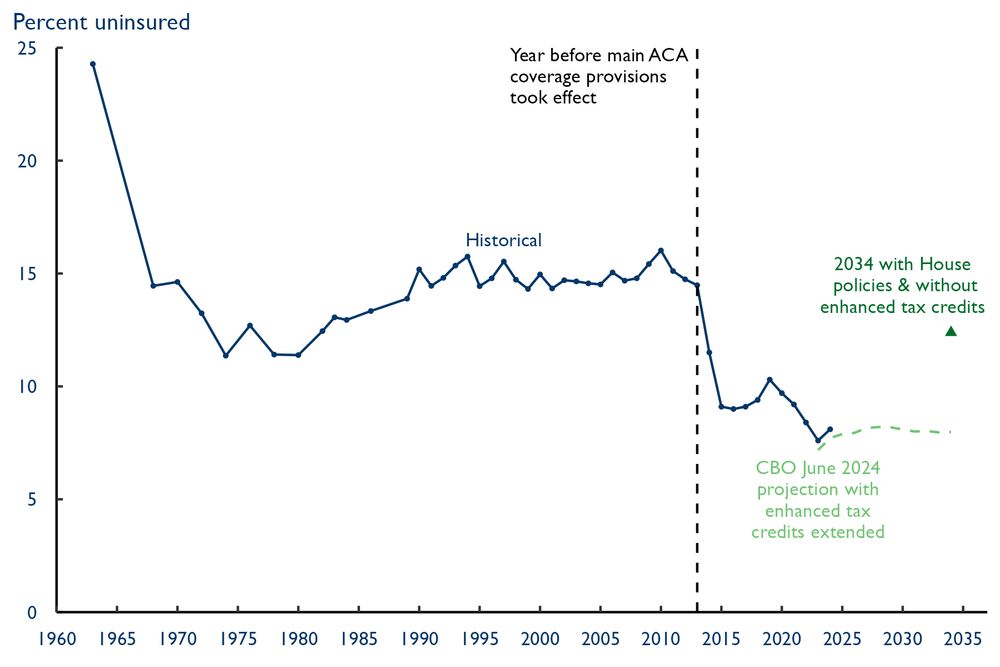

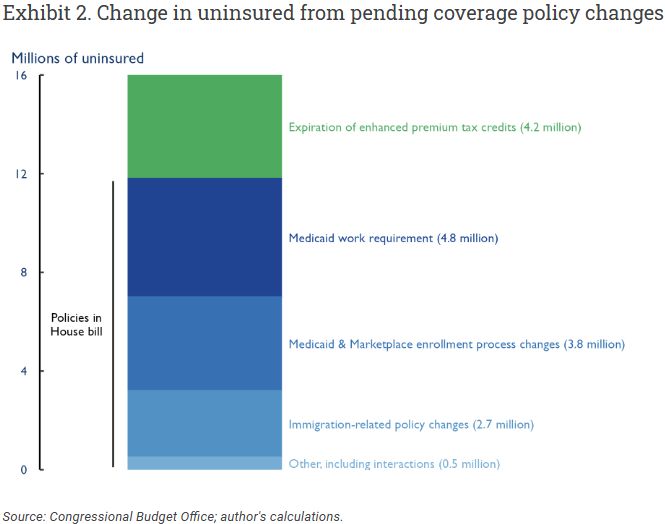
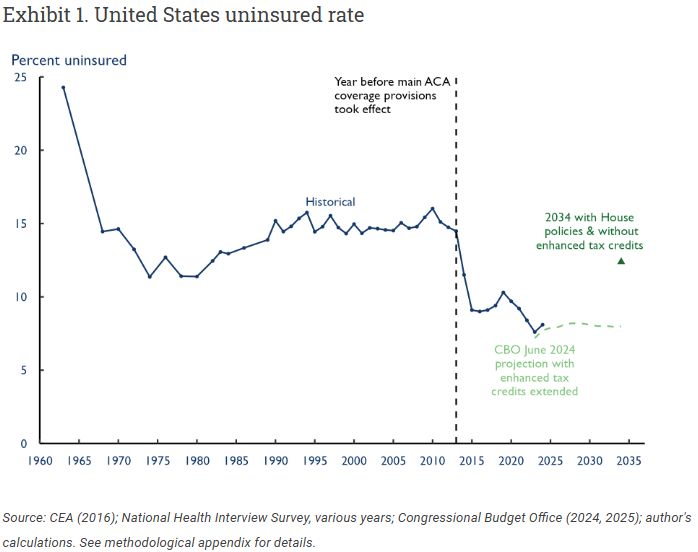

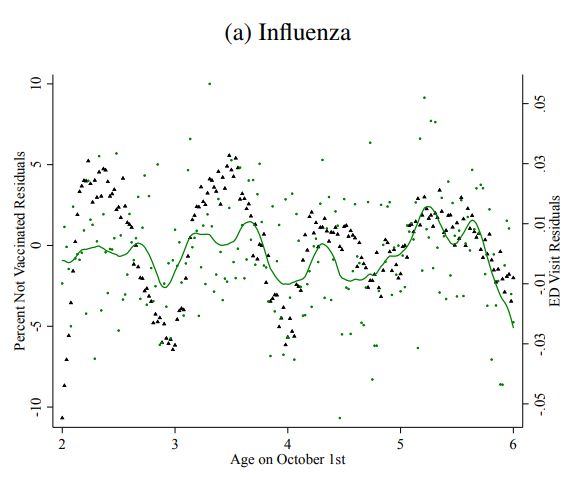
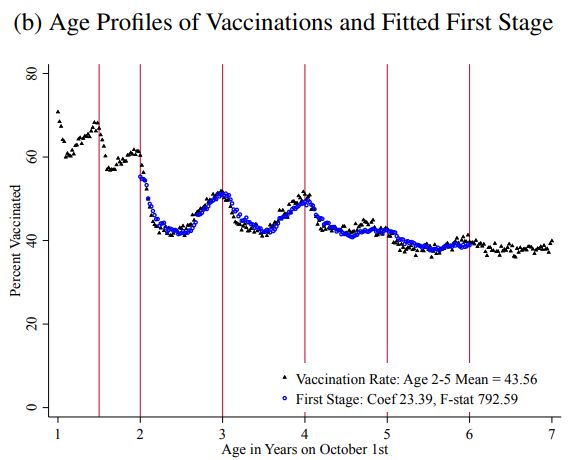





My new paper looks back at an Arkansas requirement very similar to one the House passed in 2023.
I estimate an Arkansas-like policy would reduce Medicaid enrollment for ppl subject to it by 34% in the long run:

My new paper looks back at an Arkansas requirement very similar to one the House passed in 2023.
I estimate an Arkansas-like policy would reduce Medicaid enrollment for ppl subject to it by 34% in the long run:








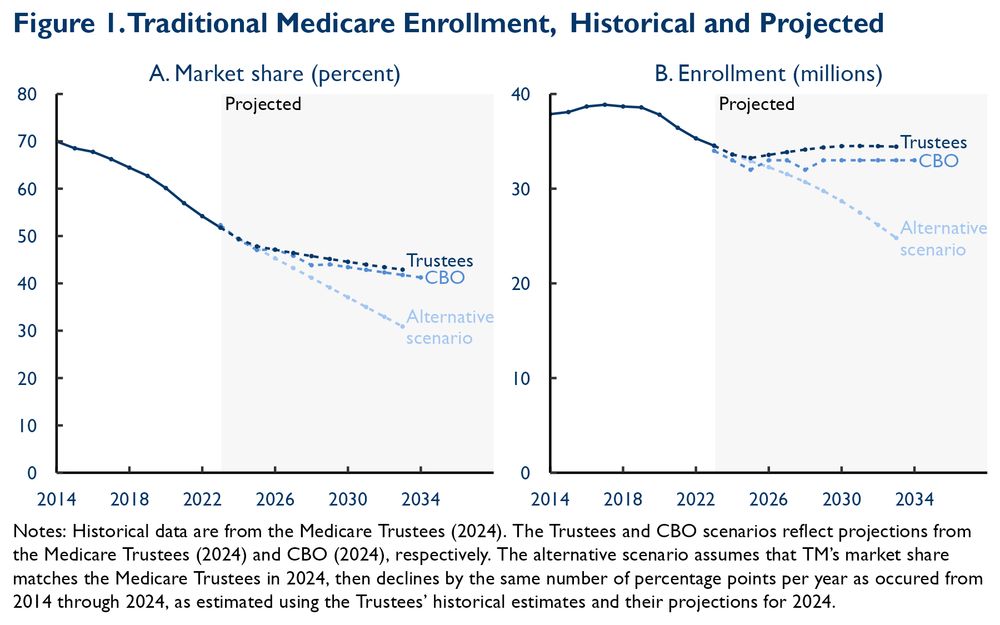
Link: www.healthaffairs.org/doi/full/10....

Link: www.healthaffairs.org/doi/full/10....

